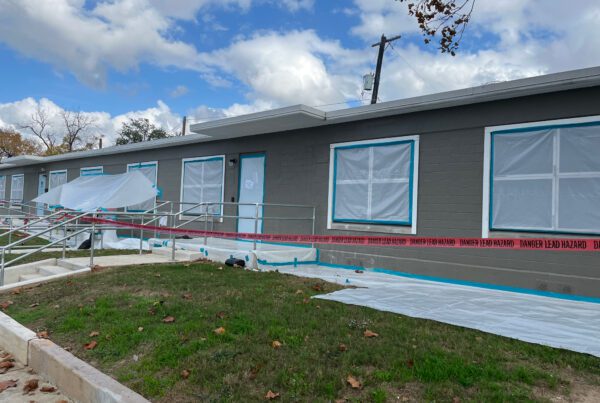Spring is the time of year when many things change, including the weather. Temperatures can swing back and forth between balmy and chilly and then sunny days may be followed by a week of stormy weather. There is even time when extreme weather changes can occur within the same day.
Convective storms/thunderstorms cause most of the severe spring weather. They can bring flooding, tornadoes, lightning, straight line winds and hail. Severe weather events in Texas are common due to a combination of factors. One of the key contributors to these events is the warm, moist air that originates from the Gulf of Mexico. This air mass collides with cold, dry air from the North, creating the perfect conditions for the formation of thunderstorms and sever weather.
Most recent data (September 2023) have revealed that U.S. insured losses due to severe convective storms had reached $50 billion for the first time on record for a single year. One of the factors contributing to the increased value is these storms are occurring in densely populated areas and are causing wide spread damage.
Since spring weather is so unpredictable, it is important to be prepared for when severe weather strikes. Below are some basic preventive maintenance steps that property owners can follow to help protect your assets from damage.
- Inspect and clean roof drainage system. Make sure and remove any leaves or debris from gutters and roof drains.
- Trim trees. Keep trees trimmed and away from the roof to prevent branches form rubbing against the roof and leaves from accumulating and clogging the drainage system.
- Remove debris. Inspect your roof and remove any loose objects and accumulated debris including anything left by contractors. Also check under and around all roof mounted equipment, satellite dishes, antennas, and solar panels for debris that could disrupt the drainage system or cause ponding.
- Check gutter for granules that could cause a blockage.
- Inspect roof drains and check for and repair cracks.
- Check the slope of the roof system. For low-sloped roofs, ensure the slope of the roof cover system and the insulation boards divert water to internal drains when present or to the edge of the roof. Long-term standing
- Water / ponding is an indication of improper slope.
- Check AC Drains. Ensure that all roof mounted air conditioning drain lines funnel water to a roof drain.
- Inspect down spouts and ensure they are funneling water way from the building and do not allow water to accumulate near the building perimeter.
Reference: “Protect your business from heavy rain” by Disastersafety.org, “prepare for Spring Weather”
National Center for Environmental Health, and “Severe Convective Storms” by Insurance Information Institute





